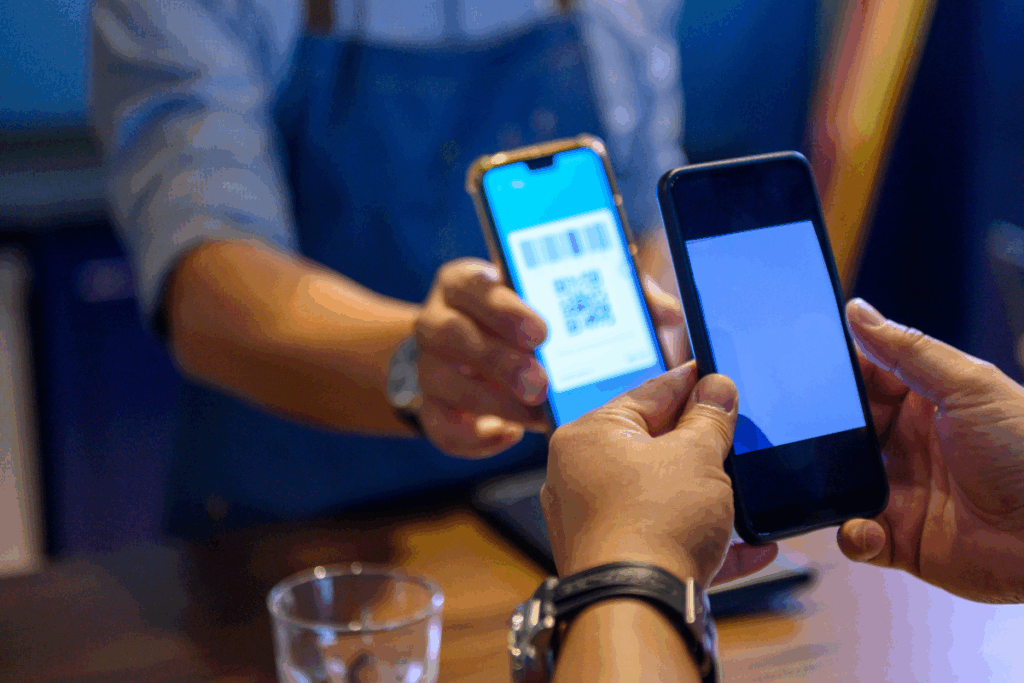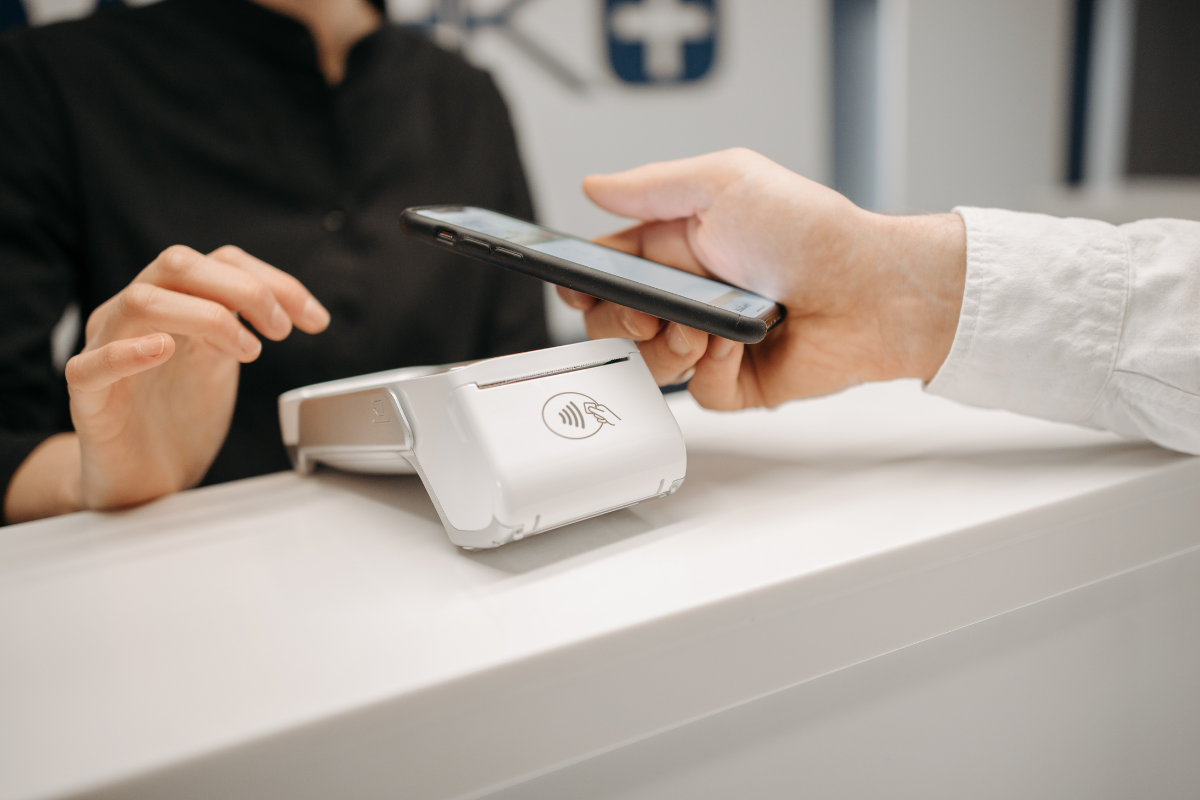From grabbing kopi at your favourite hawker stall to splurging on the latest gadget at Orchard Road, cashless payments have woven themselves into every corner of Singaporean life. A quick tap of a card, a QR code scan, or even a mobile wallet swipe is now second nature. Platforms like PayNow, PayLah!, GrabPay, and various bank apps have made transactions faster, safer, and more convenient than ever.
But with this convenience comes a subtle challenge: without the tactile act of handing over cash, it’s all too easy to lose sight of how much you’re spending. You no longer see the $50 note leaving your wallet — instead, it’s just a silent deduction somewhere in the cloud. The “just tap and go” mentality can turn into “tap and gone” before you know it.
In this guide, we’ll explore why cashless spending can make us more prone to overspending, and we’ll share practical, Singapore-specific strategies to help you enjoy the benefits of a cashless lifestyle without falling into financial pitfalls.
The Singaporean Digital Landscape: A Cashless City in Motion
Singapore is one of the most cashless-ready societies in the world. MAS (Monetary Authority of Singapore) initiatives, coupled with a tech-savvy population, have made QR payments, contactless cards, and mobile wallets widely accessible.
You can pay your kopi uncle via PayNow, split a dinner bill instantly with PayLah!, earn GrabPay rewards for your morning Gojek ride, and use credit cards that auto-track your expenses through integrated bank apps. Even hawker centres — once a bastion of coins and crumpled notes — now display neat rows of QR codes at every stall.
While this digital convenience is a boon for efficiency, it creates an environment where spending feels almost frictionless. That can be a problem if you’re not actively keeping tabs on your expenses.
The Psychology of Cashless Spending
There’s a reason you might not think twice before tapping your card for that extra plate of satay, even if you wouldn’t have forked out physical cash for it. Psychologists call this the “pain of paying” — the mental discomfort we feel when parting with money.
With cash, you see and feel your wallet get lighter. With digital payments, the process is abstract. You don’t feel the loss in the same way, and so your brain often doesn’t register the spending as strongly.
Take this relatable example: you’re at NTUC FairPrice, planning to spend $50 on groceries. You toss in a few extras — a nice cheese, some snacks — and end up at $70. Tap your card and you barely notice the difference. If you’d been counting out cash, that extra $20 might have given you pause.
Section 1: The Budgeting Blueprint – Digital Tools for Digital Times
The key to controlling cashless spending is to use the very technology that enables it to also keep you accountable.
App-based Budgeting
Budgeting apps can automatically track your spending and help you stay on target. Popular choices in Singapore include:
- DBS NAV Planner – Integrates with DBS/POSB accounts, gives spending breakdowns, and suggests savings goals.
- Seedly – Allows you to track across multiple bank accounts, credit cards, and e-wallets. The community forums also offer tips from fellow Singaporeans.
- OCBC Financial OneView – Lets you consolidate financial data from various sources into one dashboard.
By linking your accounts, you can see exactly where your money is going without having to log every purchase manually.
The Digital Envelope System
The cash envelope method — where you divide your cash into different envelopes for categories like “Food”, “Transport”, and “Entertainment” — can be recreated digitally.
Most Singaporean banks now allow you to create sub-accounts or “pockets” within your main account. For example, you could have:
- “Dining Out” pocket: $200/month
- “Transport” pocket: $100/month
- “Shopping” pocket: $150/month
When a category runs low, you know it’s time to slow down.
Scheduled Transfers
At the start of each month, set up automatic transfers:
- Main salary account → “Savings” account (non-touchable)
- Main salary account → “Spending” account (daily use)
This enforces discipline. You only spend what’s in the “Spending” account, while the “Savings” account grows untouched.
Section 2: Smart Spending Habits for the Cashless Consumer
A cashless world can be financially rewarding if you harness it wisely.
Credit Card Conscious
Credit cards can be powerful tools — or dangerous traps. Used wisely, they offer cashback, miles, or points on spending you would have done anyway. Used poorly, they can lead to spiralling debt.
Tips:
- Choose cards that match your spending. For instance, an OCBC 365 card for dining and groceries, or a UOB One card for cashback on daily expenses.
- Never spend just to “earn” rewards.
- Always pay your bill in full to avoid interest charges.
The 30-Day Rule
Impulse buying is easier online. The 30-day rule helps: if you’re tempted by a big-ticket item (say, a $300 wireless speaker), note it down and wait 30 days. Often, the desire fades — or you find a better deal.
Leverage Cashback and Vouchers (the Smart Way)
Platforms like Grab, Fave, and Shopee offer enticing cashback and vouchers. The trick is to only use them for planned purchases. If you were going to buy something anyway, a discount is great. If you’re buying it just because of a discount, you’re still spending unnecessarily.
Section 3: Practical Tips for Everyday Life in Singapore
Hawker Centre Hacks
Hawker centres are cheap compared to restaurants, but small daily extras add up. Decide on a weekly hawker budget — say, $40 — and transfer it into your “Food” pocket in your banking app. If it’s gone by Thursday, it’s home-cooked meals for the rest of the week.
Transport Triumphs
Public transport spending can be tracked through apps like SimplyGo. Review your monthly transport costs and see if switching to a monthly travel pass could save you money. If you use ride-hailing apps, set a monthly limit and stick to it — perhaps reserving rides for rainy days or late nights.
Online Shopping Sanity
The ease of “Add to Cart” is both a blessing and a curse. A few strategies:
- Clear your cart weekly. You’ll often delete half the items once the impulse fades.
- Unsubscribe from marketing emails that create unnecessary temptation.
- Turn off in-app purchase notifications unless you’re actively shopping for something specific.
Conclusion: Staying in Control in a Cashless Future

Going cashless in Singapore is not just inevitable — it’s already here. The speed, security, and convenience are undeniable, from hawker stalls to high-end boutiques. But the shift from physical money to digital transactions requires a shift in mindset too.
The trick is not to fear cashless payments, but to master them. With the right budgeting tools, mindful habits, and a clear plan, you can enjoy all the perks of a digital wallet without falling into the trap of reckless spending.
Whether you’re a young professional just starting out, a busy parent juggling family expenses, or a retiree embracing the ease of mobile payments, remember: the goal isn’t to spend less for the sake of it, but to spend smart.
In the end, financial prudence in a digital world comes down to this — knowing that every tap, scan, or swipe is a choice you control, not one that controls you.








